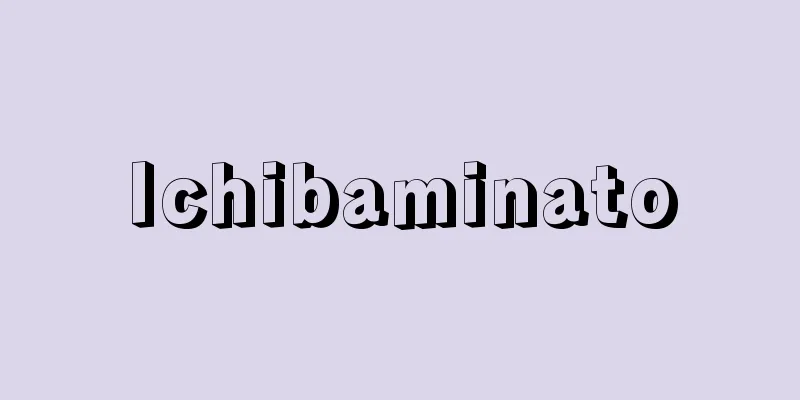Ankou Constitution (English spelling)

|
A Chinese corporate management style. It is said to have been created in the early 1960s when Mao Zedong summarized his experiences at the Anshan plant, China's largest steel complex. It aimed to strengthen the party's leadership in corporate management and to introduce a mass-line approach. It was opposed to the Soviet corporate management style centered on experts. The former was advocated during the Cultural Revolution after 1966. After 1977, this style was rejected and replaced by the expert approach. [Kojima Reitsu] Source: Heibonsha World Encyclopedia, 2nd Edition Information |
|
中国の企業管理方式の一つ。毛沢東が1960年初め,中国最大の鉄鋼コンビナート鞍山工場の経験を総括したものと言われる。企業経営において,党の指導性を強化するとともに,大衆路線方式をもち込むことを主眼にした。これに対峙するものが,ソ連の専門家を中心とする企業経営方式である。66年以後の文化大革命期には前者が唱道された。77年以降はこの方式は否定され,専門家方式となった。【小島 麗逸】
出典 株式会社平凡社世界大百科事典 第2版について 情報 |
>>: Secret Inspector - Anglerfish Inspector (English: amhaeng-ǒsa)
Recommend
Indian saffron (English spelling)
… [Hoshikawa Kiyochika] [dye] A hot water extract...
Gaṇitasārasaṃgraha (English spelling)
…Years of birth and death unknown. He was a Jain ...
Dubarry
...There is also the traditional method of adding...
Ottoman Empire
This great empire emerged in northwestern Anatolia...
Pliska
...The country's name "Bulgaria" co...
Gender - gender (English spelling)
Generally translated as "social and cultural...
Kant (Railroad) - Kant
The difference in height between the inner and out...
Kyosuke Tomoda
A modern theater actor. His real name was Tomoda ...
Vivianite (vivianiite)
A deep blue iron phosphate mineral. Its chemical c...
Okariya - Okariya
…On the other hand, Ochaya started out as tea hou...
Airlangga - Airlangga
…He also sent envoys to the Song Dynasty in China...
Satellite Center (English)
...In residential areas, residential shopping dis...
Forest yield table
Also called a stand yield table. A chart showing s...
Medical treatment benefits - Ryoyo no Kyūfu
When a public health insurance policyholder or the...
Seven Sages
The seven philosophers and politicians who were re...









